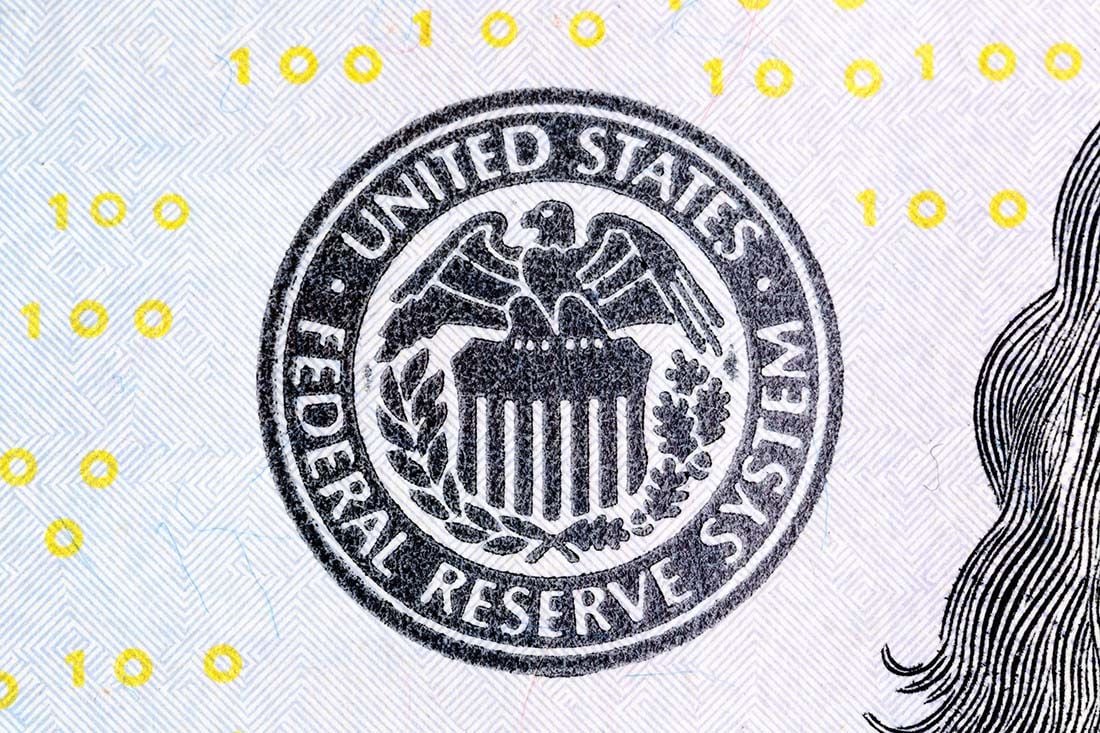Dollar Lower as Fed Hikes 75bp but Markets See End of Cycle on the Horizon
- Written by: Gary Howes
-
- Fed signals no need to accelerate rate hikes
- Markets see end of cycle on the horizon
- Undermines USD support
- But EUR to remain under pressure as EZ faces recession

Image © Adobe Images
The Euro recovered against the Dollar and shored up a recent recovery from levels below parity after the Federal Reserve announced a second consecutive 75 basis point rise to the Federal funds target range to 2.25-2.50%.
The decision was expected and the foreign currency moves were therefore more of a reaction to the Fed's guidance that although further interest rate rises were coming there was no plan to accelerate the speed they are delivered.
Nor was there a need to increase the total number of hikes to be delivered.
"In FX markets, this has weighed heavy on the US dollar with GBP/USD jumping over a cent towards $1.22 overnight – nearly five cents higher than its July low. EUR/USD has reclaimed $1.02," says George Vessey, analyst at Western Union.
The Euro to Dollar exchange rate (EUR/USD) rose 0.87% on Wednesday, with the gains largely coming in the wake of the Fed decision.
It is quoted at 1.0200 at the time of writing, as it shores up levels above parity in price action is consistent with that predicted in our pre-Fed coverage:
Above: EUR/USD at four-hour intervals, showing consolidation above parity.
In the press conference following the decision Fed Chair Jerome Powell said another "unusually large" interest rate hike may be warranted at the next FOMC meeting in September but he also said the economy was slowing, noting "recent indicators of spending and production have softened".
Markets read this as suggesting the end of the rate hiking cycle is indeed on the horizon.
"His comments kindled hopes that the Fed could soon be able to reduce the magnitude of future rate hikes," says Mark Haefele, Global Wealth Management Chief Investment Officer at UBS AG.
"Powell’s comments added momentum to a market rebound that was already underway," adds Haefele.
Although Powell said additional tightening is "in the pipeline" he also said the time for clear forward guidance is over, commenting that the Fed will go "meeting-by-meeting" and rely on the incoming data.
The Fed therefore officially abandons its forward guidance policy, just as the Bank of England did in June and the European Central Bank did in July.
"This end to specific forward guidance is likely in response to the rollercoaster of a lead up to the FOMC meeting in June, where the guidance provided previously went out the window as the committee reacted to last minute, hotter-than-expected data," says economist Ellie Henderson at Investec.
Therefore incoming data will arguably matter more than ever, meaning heightened volatility for exchange rates around the release of monthly employment, inflation and economic growth data.
"Where do we go from here?" asks Jonathan Pierce, an analyst at Credit Suisse, "I think it makes sense that the USD has relapsed but don’t think this necessarily marks the start of a major USD reversal; like the Fed we too are now in data watching mode.
Further signs of a slowing U.S. economy will likely further enhance the view that the peak in the hiking cycle is now a matter of months away, potentially depriving the Dollar of upside impetus.
On this basis the floor of the Euro-Dollar decline could be in, but the Euro side of the equation must of course also be taken into account.
The Eurozone is headed for economic recession as Russia squeezes gas supplies in response to Europe's support to Ukraine in the ongoing war.
With the Nord Stream 1 pipeline running at just 20% of capacity Germany will be unable to refill its storage facilities ahead of winter and rationing is therefore likely.
This means German industry will run at well below capacity and growth will reverse over the winter months.
The extent of the damage will determine just how low the Euro goes.
So while EUR/USD downside pressure is easing on the USD side, the EUR side is where any additional weight will come down.






